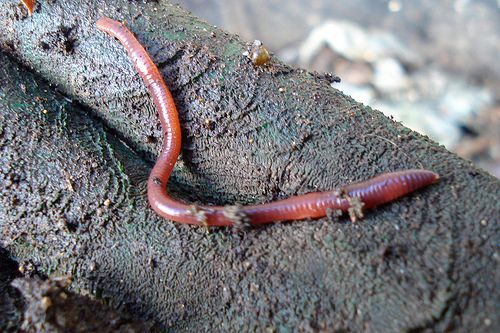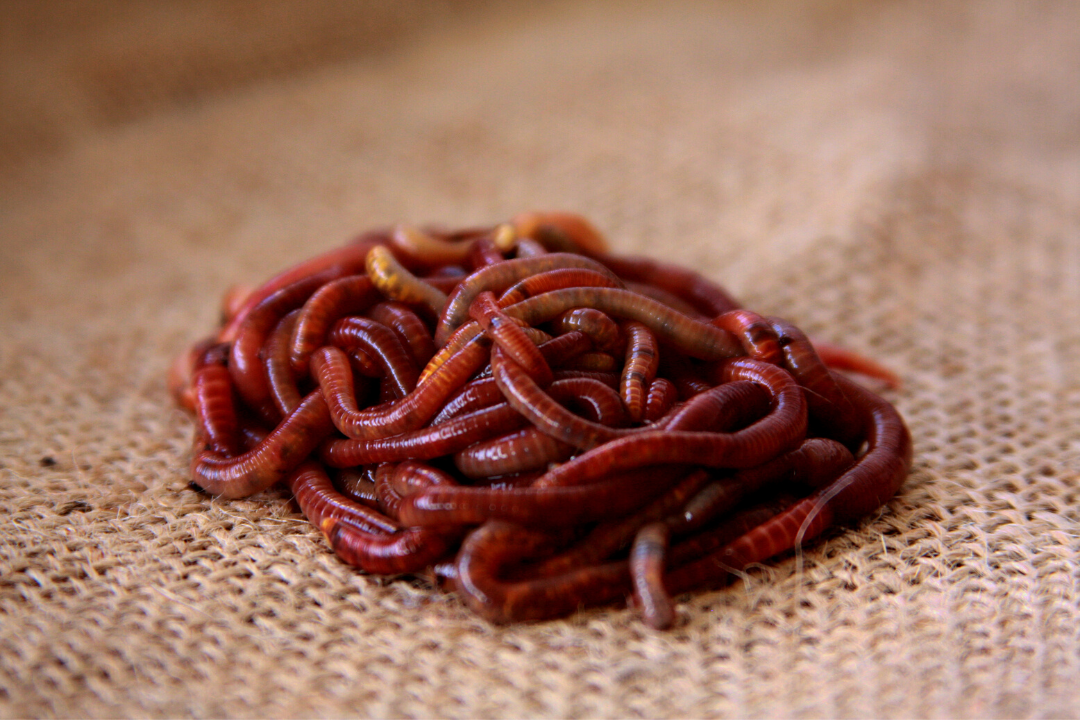Find the Best Products for Lawn Care with Red Wiggler Express for Thriving Lawns
Find the Best Products for Lawn Care with Red Wiggler Express for Thriving Lawns
Blog Article
Red Wigglers 101: Every Little Thing You Need to Know for Thriving Gardens
Red wigglers, or Eisenia fetida, play an essential role in sustainable horticulture methods, acting as reliable decomposers that transform natural waste right into beneficial vermicompost. Understanding their habitat, nutritional preferences, and the myriad advantages they offer can change your horticulture method (Red Wiggler Express). As these worms thrive in particular problems, their treatment and administration are vital for maximizing their contributions to dirt wellness. The question stays: what steps can you take to harness the full possibility of these impressive organisms in your own yard?
Recognizing Red Wigglers

Red wigglers grow in atmospheres rich in organic product and moisture. Red Wiggler Express. They have an one-of-a-kind gastrointestinal system that enables them to refine food scraps swiftly, secreting spreadings that are loaded with necessary nutrients such as nitrogen, phosphorus, and potassium. These castings boost soil structure, boost water retention, and foster beneficial microbial task, every one of which add to robust plant health and wellness
Furthermore, red wigglers can survive in varied conditions, making them adaptable to various horticulture practices, including indoor and outside composting systems. Their capacity to consume large quantities of organic waste daily settings them as valuable allies for both home gardeners and industrial growers. By incorporating red wigglers into gardening efforts, one can significantly boost dirt fertility and assistance lasting horticulture practices.
Ideal Habitat for Red Wigglers
Developing an ideal atmosphere for red wigglers is crucial for maximizing their composting capabilities and general health and wellness. Red wigglers thrive in wet, dark, and well-aerated habitats, which carefully resemble their all-natural settings in ground cover and rotting raw material. An appropriate habitat ought to offer a temperature range between 55 ° F and 77 ° F(13 ° C to 25 ° C), as extreme temperatures can stress or harm the worms.
The bedding product, such as shredded newspaper, cardboard, or coconut coir, must be maintained damp yet not extremely wet, as extreme wetness can result in anaerobic conditions destructive to worm wellness. In addition, a pH degree between 6.0 and 7.5 is suitable, ensuring a balanced setting.
Appropriate aeration is just as important; it enables oxygen flow and stops the buildup of damaging gases. A container or bin made for vermicomposting need to have water drainage openings to get rid of excess wetness and promote airflow. Normal tracking of these conditions is crucial for preserving a flourishing red wiggler populace, inevitably improving their efficiency in damaging down organic waste and enriching yard soil.
Dietary Requirements and Preferences

Red wigglers display certain preferences; they are specifically fond of softer, breaking down products over more challenging or even more coarse materials. It is important to prevent feeding them citrus peels, onion, and garlic in big amounts, as these can be unsafe. Additionally, meat, dairy, and oily foods ought to be left out, as they can attract pests and create unpleasant odors.
(Granite Falls NC Worms For Sale)Green materials, such as veggie scraps, give nitrogen, while brownish materials, like cardboard and dried fallen leaves, supply carbon. By catering to their nutritional needs, garden enthusiasts can foster a flourishing populace of red wigglers in their garden compost systems.
Advantages of Using Red Wigglers
The exceptional advantages of using red wigglers in gardening extend far beyond their duty in composting. These versatile microorganisms add dramatically to soil wellness, enhancing nutrient schedule and advertising microbial activity. By freshening the soil as they delve, red wigglers enhance drainage and origin penetration, producing an optimal setting for plant development.
Moreover, red wigglers are effective recyclers of natural waste, converting it into nutrient-rich spreadings that function as a superb natural fertilizer. These spreadings consist of valuable microbes and necessary nutrients, such as nitrogen, phosphorus, and potassium, which are important for plant development. The sluggish release of nutrients from worm castings ensures a steady supply, reducing the danger of nutrient leaching and promoting sustainable gardening methods.
Utilizing red wigglers cultivates an extra sustainable gardening technique by reducing reliance on chemical plant foods and advertising a closed-loop system, where waste is changed right into important sources. Generally, incorporating red wigglers into gardening practices offers a wide range of environmental and farming advantages.
(Lake Rhodhiss Bait)
Composting With Red Wigglers

To start a successful vermicomposting system, choose a suitable container with proper ventilation and drain. The excellent setting for red wigglers includes a damp, dark setting with temperatures in between 55 ° F and 77 ° F. Begin by layering shredded paper, cardboard, and food scraps, making certain a well balanced mix of carbon and nitrogen-rich products.
Red wigglers grow on veggie peels, fruit scraps, coffee grounds, and eggshells, while preventing meat, dairy, and oily foods that can attract insects. On a regular basis monitor moisture levels; the bedding ought to be moist however not soggy. Harvest worm castings every couple of months by dividing the worms from the garden compost, which can after that be made use of straight in gardens or kept for later use.
Executing vermicomposting not only decreases land fill waste but additionally enriches yard soil, promoting healthy and balanced plant development and lasting horticulture practices. Embrace this environmentally friendly technique to enhance your horticulture ventures.
Conclusion
In recap, red wigglers are essential microorganisms for improving yard productivity through reliable composting. Their certain habitat requirements, dietary preferences, and substantial advantages add to sustainable horticulture techniques. By making use of red his comment is here wigglers, garden enthusiasts can substantially improve dirt high quality and nutrient availability, fostering much healthier plant development. Accepting the technique of vermicomposting not only supports waste decrease but additionally promotes an ecological balance within garden ecosystems, inevitably resulting in flourishing and resistant yards.
Report this page